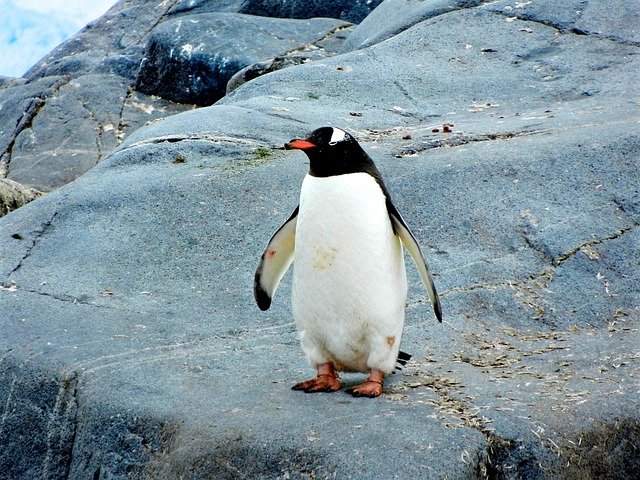**Topic: "The Social Lives of Penguins: Understanding Their Complex Communities"** In this post,

The Social Lives of Penguins: Understanding Their Complex Communities
Penguins are often seen as the epitome of social animals, known for their charming waddles and adorable appearances. However, beneath their cute exterior lies a complex social structure that is essential for their survival and reproduction. In this post, we will explore the fascinating social lives of penguins, shedding light on their communities, communication, and cooperative behaviors.
Social Structure
Penguin colonies can range from a few dozen to thousands of individuals, depending on the species and the breeding season. These colonies are highly organized, with distinct social hierarchies and roles. For example, Emperor penguins, the largest of all penguin species, form tightly-knit groups during the harsh Antarctic winter. Their social structure is crucial for warmth and protection against the elements.
The Importance of Bonding
Bonding is a vital aspect of penguin social life. Many species, such as the Adélie and Gentoo penguins, form monogamous pairs for the breeding season, and some even maintain these bonds over multiple seasons. These partnerships are not only essential for raising chicks but also play a role in foraging and territory defense. The ability to recognize their mate among thousands of others is a remarkable feat of social cognition.
Communication
Penguins have developed a rich array of vocalizations and physical displays to communicate with one another. Their calls can convey various messages, from attracting a mate to warning of potential threats. For instance, the distinctive braying call of the African penguin is crucial for maintaining group cohesion, especially in crowded colonies.
Non-Verbal Communication
In addition to vocalizations, penguins also rely on body language to express their feelings and intentions. Behaviors such as bowing, flipper waving, and preening can signal everything from courtship to aggression. Observing these interactions provides valuable insights into the emotional lives of these fascinating birds.
Cooperative Behaviors
Penguins exhibit remarkable cooperative behaviors that enhance their survival. One notable example is the communal huddling seen in Emperor penguins during the brutal Antarctic winter. By huddling together, they conserve heat and protect themselves from the harsh winds. This behavior highlights the importance of teamwork in penguin communities.
Parental Care
Both parents play an active role in nurturing their young. After the female lays her eggs, the male takes on the responsibility of incubating them while the female forages for food. Once the chicks hatch, both parents work together to feed and protect them until they are old enough to fend for themselves. This shared responsibility is a testament to their strong social bonds.
Conclusion
The social lives of penguins are a testament to the complexity of their communities. From their intricate social structures and communication methods to their cooperative behaviors and parental care, these remarkable birds thrive in their social environments. Understanding the dynamics of penguin communities not only enriches our appreciation for these animals but also highlights the importance of conservation efforts to protect their habitats and ensure their survival in our changing world.
Whether you're a seasoned ornithologist or a casual wildlife enthusiast, the social lives of penguins offer a captivating glimpse into the interconnectedness of life in the animal kingdom. Next time you watch a documentary or visit a zoo, take a moment to appreciate the rich social tapestry woven by these charming birds!
